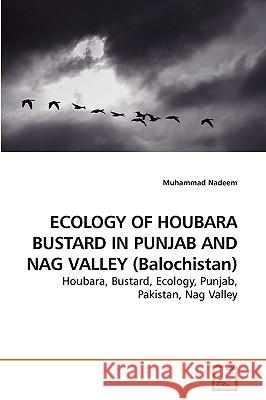ECOLOGY OF HOUBARA BUSTARD IN PUNJAB AND NAG VALLEY (Balochistan) » książka
ECOLOGY OF HOUBARA BUSTARD IN PUNJAB AND NAG VALLEY (Balochistan)
ISBN-13: 9783639200317 / Angielski / Miękka / 2010 / 280 str.
The present study describes Ecology of Houbara Bustard (Chlamydotis macqueenii) a desert adapted species in Pakistan.There is different composition of plant communities in diffrent localities;Houbara generally avoided the high sand dunes (above 6 meter) and preferred interdunal flats and small sand dunes (2-6 meter).Overall densities in Punjab were calculated as 0.152, 0.150 and 0.147 birds/km2 in 1999, 2000 and 2001 respectively. This reflects minor fluctuations in population dynamics.In Nag Valley (Kharan) the density was 0.141 birds/km2 in 1999, which gradually decreased to 0.116 in 2000 and 0.103 birds/km2 in 2001.The gizzard analysis revealed that Houbara fed heavily on desert plants (19)in their wintering areas in the Punjab; the preferred animal food was beetles. The survival ratio of rehabilited Houbara determined by telemetry in Nag was 60%, in Khairpur 46.47% and in Rahim Yar Khan 80%.Arabs Falconry, trapping, overgrazing, fuel wood collection and habitat shrinkage were main threats for Houbara population. Effective management involving local communities is required for the sustainable use of Houbara and other wildlife.











